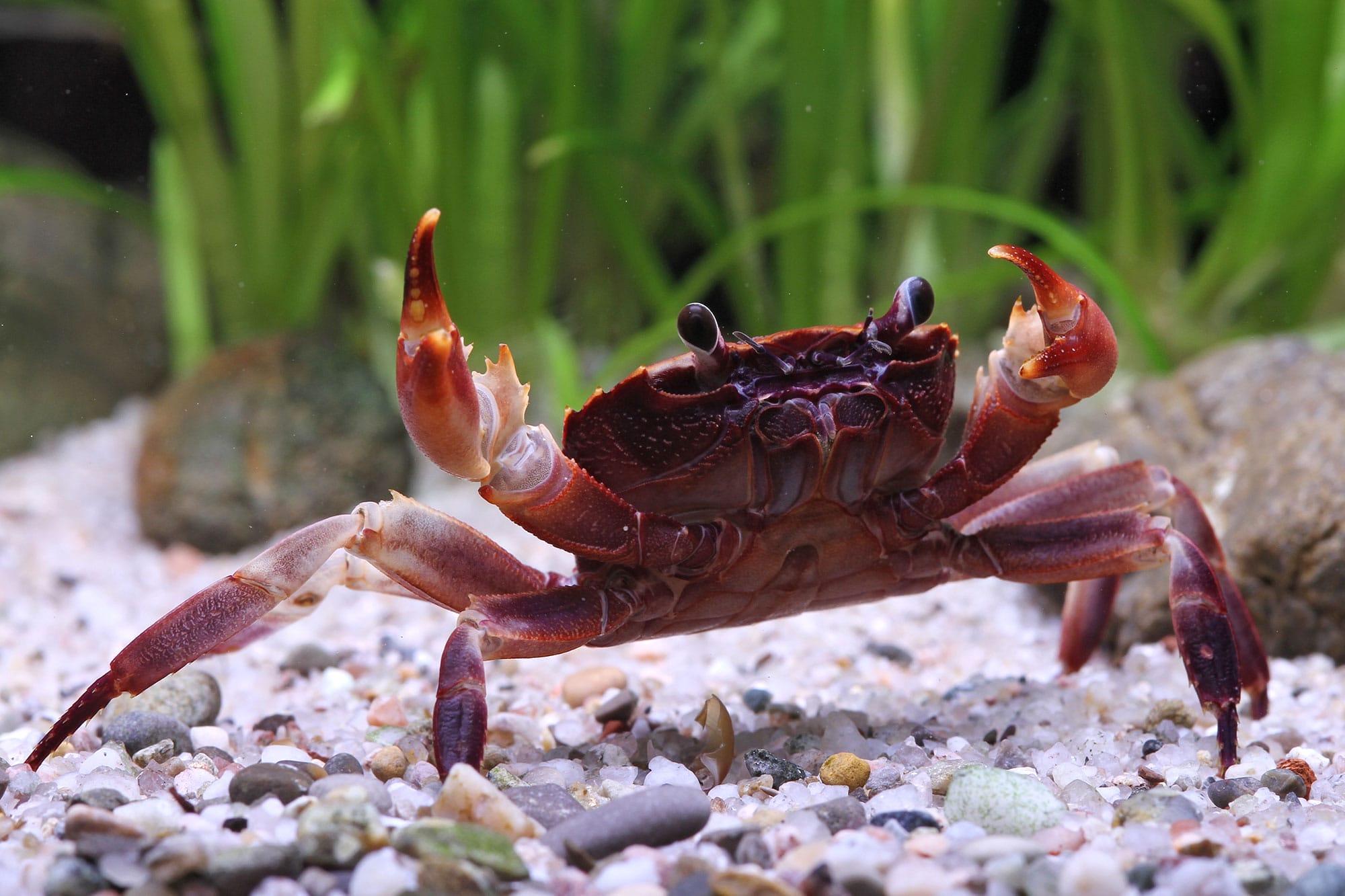
Discover Sulawesi Shrimp: A Comprehensive Guide
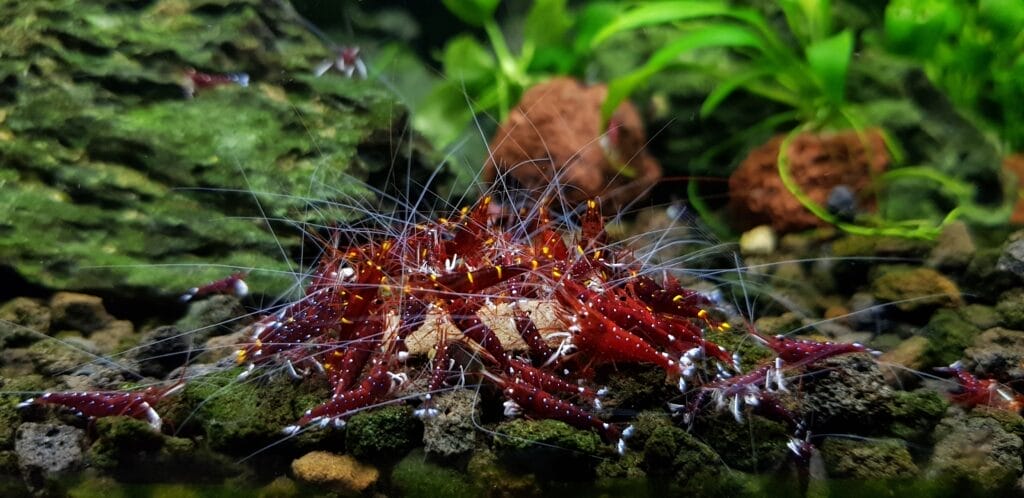
Have you heard of Sulawesi Shrimp? If not, then you’re in for a treat. With their vibrant colors and unique patterns, they are sure to add life to any aquarium. In this comprehensive guide, we will take an in-depth look at everything there is to know about Sulawesi Shrimp.
From understanding the different varieties of Sulawesi Shrimp, their origin and history, to tips on how to take care of them. We will cover all aspects – ideal tank requirements, water quality and parameters, potential diseases and their prevention measures, social behavior and temperament, activity and nocturnal patterns, color patterns and morphology, size and lifespan, including the indigenous Matano variety.
We’ll also help you understand what food they prefer and feeding schedules that work best for them. So if you’re looking to add some new members to your aquarium or want to learn more about these fascinating creatures, keep reading!
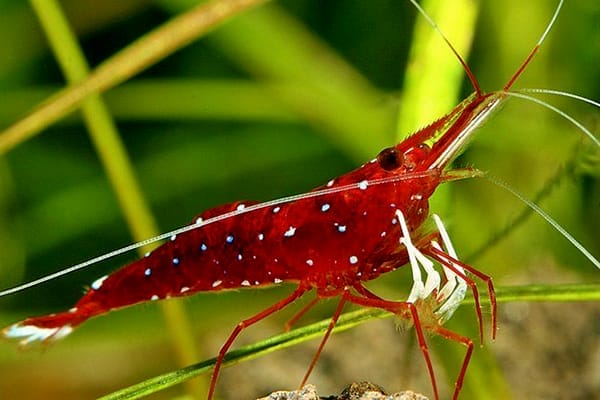
Sulawesi Shrimp: An Overview
Sulawesi shrimp is a popular type of freshwater shrimp that originates from ancient lakes in Indonesia. These shrimp are highly sought after for their vibrant coloration and are scientifically known as Caridina dennerli.
They require specific water conditions to thrive, including high temperatures, which allow them to reach their full potential. Due to their unique habitat requirements and stunning appearance, Sulawesi shrimp, a dwarf shrimp species, have become increasingly popular in the freshwater shrimp trade. In addition, they are also relatively easy to care for, making them an ideal choice for aquarists of all skill levels.
What are Sulawesi Shrimp?
Sulawesi shrimp, also known as Cardinal Sulawesi shrimp, are a type of dwarf shrimp that have striking coloration and are native to the Sulawesi region in Indonesia. These shrimp exhibit vibrant red, blue, or orange tones and white spots, making them a unique addition to any aquarium.
Sadly, they are classified as an endangered species on the IUCN Red List due to habitat destruction and over-collection for the aquarium trade. Despite their delicate nature, these shrimp are quite hardy and can be kept in freshwater home aquariums with proper care. As part of the Caridina genus, they are fascinating creatures that offer an interesting glimpse into the wonders of aquatic life.
Different Varieties of Sulawesi Shrimp
The Sulawesi shrimp species, particularly the Cardinal Sulawesi shrimp, are known for their diverse color morphs and unique characteristics. Among the most popular varieties are the strikingly red Cardinal Sulawesi shrimp and the delicate White Orchid Sulawesi shrimp.
These species showcase varying behaviors and color patterns that require specialized care due to their specific habitat requirements. Maintaining a healthy aquatic environment with suitable water parameters is essential for these shrimps to thrive. Along with their captivating aesthetics, these shrimps also play important ecological roles in the freshwater ecosystem.
The Origin and History of Sulawesi Shrimp
Sulawesi shrimp species, including the Cardinal Sulawesi shrimp, are native to the ancient lakes of Sulawesi, Indonesia. The geological history of this region has played a significant role in the evolution and adaptation of these shrimp. Interesting facts about crossocheilus siamensis, also known as the Siamese algae eater, include its ability to consume large amounts of algae, making it a popular choice for freshwater aquariums. In addition to their algae-eating prowess, these fish are known for their peaceful demeanor and ability to coexist with a variety of other fish species. Their unique appearance, with a slender body and prominent horizontal stripe, makes them a visually appealing addition to any tank.
They have adapted to the unique water parameters of their natural habitat, making them a fascinating and sought-after addition to the aquarium hobby. In addition to their stunning appearance, these shrimp are also known for their relatively peaceful temperament and compatibility with other aquatic species.
However, due to their specialized care requirements, they may not be suitable for novice aquarists. It is important to research and understand the specific needs of Sulawesi shrimp before adding them to your aquarium.
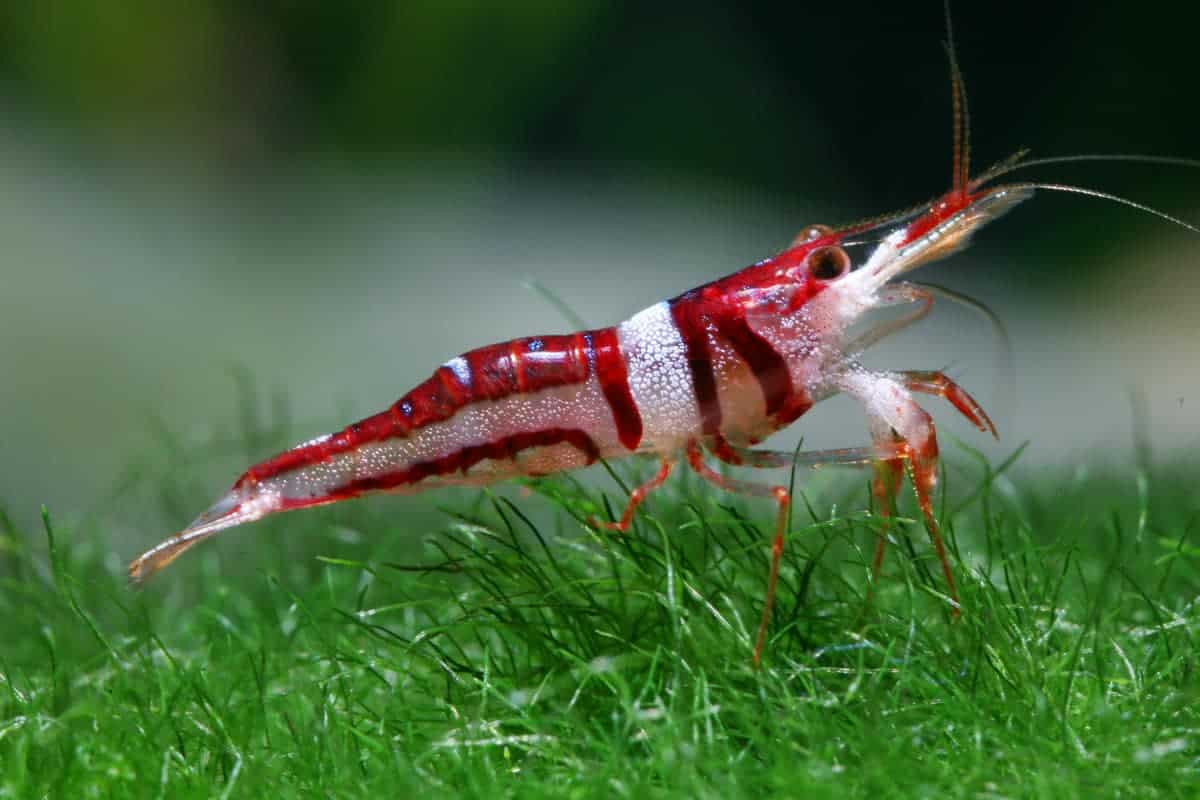
Care Tips for Sulawesi Shrimp
Creating a stable aquatic environment is vital for the health of Sulawesi shrimp. These shrimp thrive in higher pH and temperature ranges, so maintaining these parameters is crucial. Regular water changes are necessary to keep the water conditions stable and optimal for their survival.
Ensuring a biofilm-rich environment and adequate algae growth is also essential as they feed on these microorganisms. Providing a substrate with plant matter and driftwood can offer shelter and hiding places for the shrimp, which can help reduce stress levels.
Overall, keeping an established aquarium with appropriate water conditions and plenty of natural food sources is key to ensuring the health and wellbeing of Sulawesi shrimp.
Ideal Tank Requirements
Sulawesi shrimp, such as the Cardinal Sulawesi shrimp, require a tank size of at least 10 gallons to ensure their proper care. Maintaining a water temperature between 78-82°F is ideal for their well-being.
To thrive in their environment, it is crucial to provide them with sufficient hiding spots and stable water parameters. These shrimp are highly susceptible to stress, so any fluctuations in the tank’s environment can have a detrimental effect on their health.
Additionally, ensuring that the water quality is of high standard is important as these shrimp are sensitive to changes in pH levels and other water parameters. Providing them with a balanced diet and avoiding overfeeding also contributes to their overall health and longevity.
Water Quality and Parameters
For the optimal health and wellbeing of Sulawesi shrimp, it is essential to maintain stable water conditions, which includes a pH level within the range of 7.5 to 8.5. These shrimps are highly sensitive to pollution and require pristine water to thrive.
Regular water changes are necessary to keep the environment clean and healthy for the shrimps. One effective way to maintain the necessary parameters is by using reverse osmosis water, which can help avoid fluctuations in pH levels and ensure the ideal conditions for Sulawesi shrimp survival.
Potential Diseases and their Prevention
Maintaining optimal water conditions is crucial to prevent stress-related diseases in Sulawesi shrimp, such as the Cardinal Sulawesi shrimp. Monitoring water quality and parameters regularly can help identify any potential issues before they cause harm. A balanced diet is equally important for the health of these shrimp.
If you are adding new shrimp to an existing aquarium, it is advisable to quarantine them first and observe their behavior closely. Early detection of any disease symptoms can help prevent a larger outbreak that could damage the entire population.
Additionally, it is essential to keep your aquarium clean and well-maintained by performing regular water changes and cleaning filters to ensure a healthy environment for your Sulawesi shrimp.
Social Behavior and Temperament
Sulawesi shrimp, such as the Cardinal Sulawesi shrimp, thrive in peaceful social colonies. To ensure their well-being, it is essential to maintain a balanced male-to-female ratio.
These shrimps also display natural scavenging behavior that contributes positively to the aquarium ecosystem. Additionally, providing compatible tank mates can further promote harmonious social dynamics.
Understanding their behavior and requirements can help you create an optimal aquarium environment for these fascinating creatures. A well-maintained aquarium with healthy shrimps can be an excellent addition to any home or office space.
Activity and Nocturnal Patterns
Observing Sulawesi shrimp, such as the Cardinal Sulawesi shrimp, during their nocturnal scavenging for biofilm and detritus can reveal fascinating insights into their behavior.
Replicating their natural environment with a dimly lit setting can enhance the aquarist’s experience, allowing them to witness these shrimps’ activity and exploration patterns.
These shrimps are known for their unique coloration and intricate patterns, making them a popular choice among aquarium enthusiasts. Creating an environment that mimics their natural habitat is crucial in ensuring that they thrive in captivity. It also provides an opportunity to learn more about these fascinating creatures and appreciate the delicate ecosystem they inhabit.
Color Patterns and Morphology
Sulawesi shrimp species are a treat to the eyes, thanks to their vibrant color patterns and intricate body morphology. Their unique shape and attention-grabbing coloration make them an excellent addition to any aquarium, enhancing the beauty of aquatic life.
These crustaceans can prove to be a delight for aquarists who enjoy studying and observing natural biodiversity. By learning about these fascinating creatures, we can appreciate the diversity of marine life and take steps towards better conservation efforts. Furthermore, keeping Sulawesi shrimp in an aquarium can also help in creating a sustainable ecosystem that benefits both marine life and human beings.
Size and Lifespan
Sulawesi shrimp are a great addition to any aquarium due to their size and lifespan. These shrimp grow up to an inch (2.5 cm) in length and can live for a relatively long time with proper care, providing an extended period for observation. When creating an ideal tank condition for these shrimp, it’s essential to consider their size and lifespan, as well as their dietary needs and water parameters.
Sulawesi shrimp require specific water conditions such as high pH and alkalinity levels, so it is crucial to research their requirements before setting up their tank. Overall, Sulawesi shrimp are a fascinating species that will thrive in the right environment and add a unique touch to any aquarium setup.
Preferred Food and Feeding Schedule
When it comes to promoting the natural behavior and vitality of Sulawesi shrimp, creating a feeding schedule that aligns with their preferred food choices is crucial. Ensuring that they have consistent access to these foods is crucial for their overall health and vibrant coloration. Having a clear understanding of their feeding preferences and nutritional needs is key to supporting their natural behavior in aquarium settings.
Sulawesi shrimp are known for being sensitive to water conditions and require specific water parameters to survive. Therefore, it’s essential to ensure that the food you provide them, such as krill, shrimp pellets, and algae-based supplements, is of high quality and free from contaminants.
Sulawesi shrimp prefer a protein-rich diet, so including foods like krill, shrimp pellets, and algae-based supplements, such as Salty Shrimp, can help support their growth and development.
It’s also important not to overfeed Sulawesi shrimp as this can lead to poor water quality, which can cause stress, disease, or even death. Feeding small amounts multiple times a day instead of one large meal can reduce waste buildup in the aquarium.
By understanding the unique feeding habits and requirements of Sulawesi shrimp, you can create a feeding plan that promotes their natural behavior while keeping them healthy and vibrant.
What To Put In Their Tank
Sulawesi shrimp require a tank environment that mimics their natural habitat to ensure they exhibit natural behaviors and maintain a healthy ecosystem.
This entails providing the necessary elements to closely resemble their natural habitat conditions, including specific tank features and water parameters. Creating an ideal tank environment involves understanding their needs and the components necessary for their well-being.
One of the critical factors in replicating their natural habitat is maintaining consistent water parameters. Sulawesi shrimp require high pH levels ranging from 7.5 to 8.5, and low hardness levels between 4 to 6 dKH. It is also essential to monitor temperature, which should be maintained between 78°F to 82°F.
Another crucial aspect is the addition of specific tank features like rocks, caves, and plants that mimic the natural environment of these shrimp. These features provide hiding places for the shrimp while allowing them to engage in natural behaviors such as molting, breeding, and foraging.
Providing a balanced diet with essential nutrients is also vital for their overall health. Sulawesi shrimp are primarily herbivores, so offering them a variety of plant-based foods like algae wafers and spirulina flakes can help meet their nutritional requirements.
In summary, creating an optimal tank environment for Sulawesi shrimp involves maintaining consistent water parameters, including pH, temperature, TDS, GH, and KH, adding specific tank features that replicate their natural habitat, and providing a balanced diet with essential nutrients.
Understanding these requirements will not only promote their well-being but also enhance the beauty of your aquarium as they exhibit natural behaviors in an environment that closely resembles their home.
Sexual Dimorphism
Observing the gender differences in Sulawesi shrimp is essential to understand their behavior and social dynamics. Sexual dimorphism, or the physical differences between males and females, provides valuable insights into their biology, reproduction, and behavior.
For example, male Sulawesi shrimp typically have larger claws and are more aggressive than females. By recognizing these differences, we can gain a better understanding of how they interact with each other and their environment. This knowledge can aid in conservation efforts and help us appreciate the diversity of these fascinating crustaceans, even though the saddle beneath the upper dorsal of female Sulawesi shrimp is not visible to the naked eye due to the shrimp’s dark external shell.
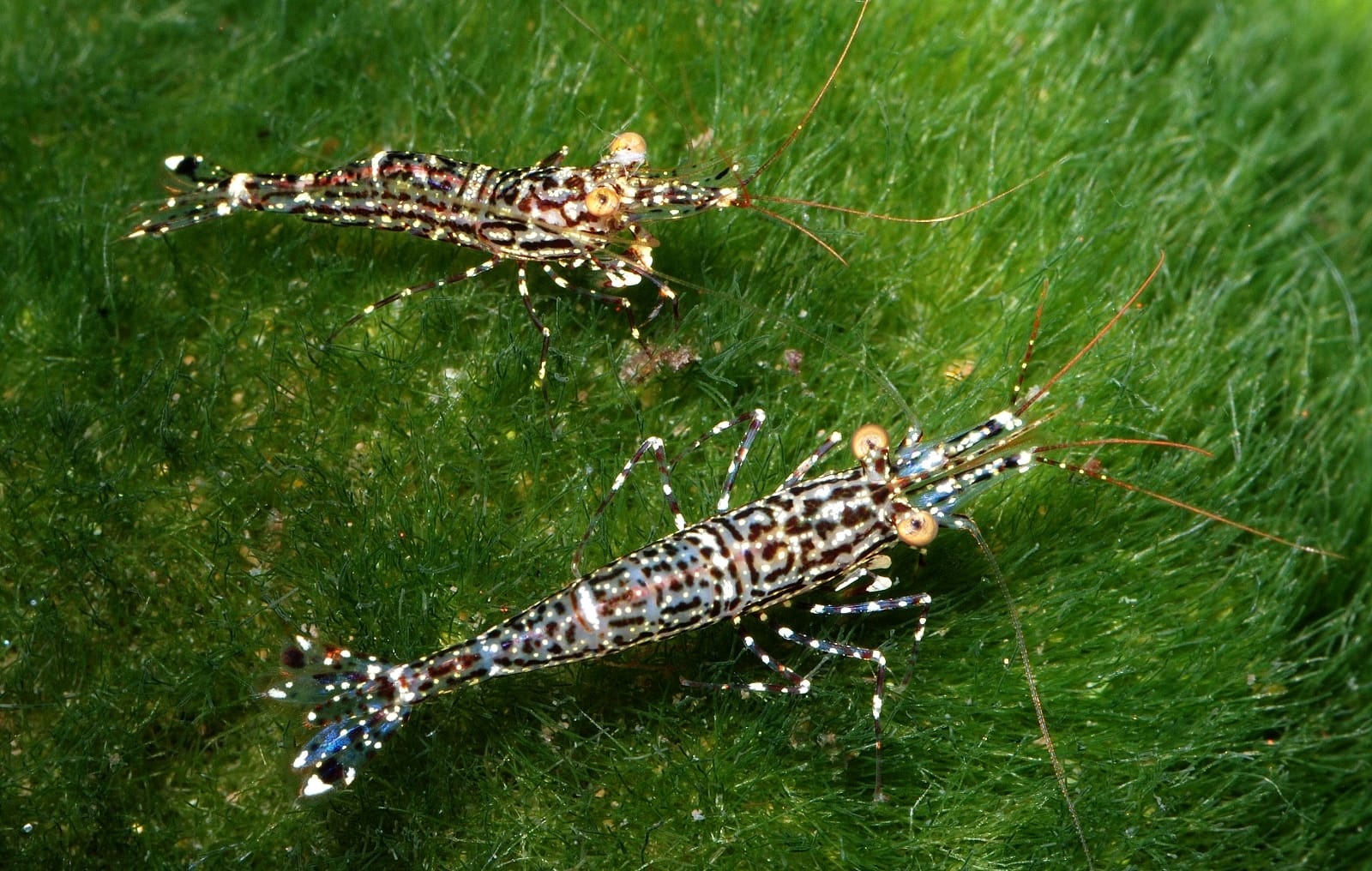
Frequently Asked Questions
What are Sulawesi shrimp and where do they come from?
Sulawesi shrimp, also known as cardinal shrimp or red bee shrimp, are vibrant freshwater shrimp native to the Indonesian island of Sulawesi.
With their unique markings and colors, they have become popular in the aquarium hobby. Researching their specific care requirements is crucial before keeping them.
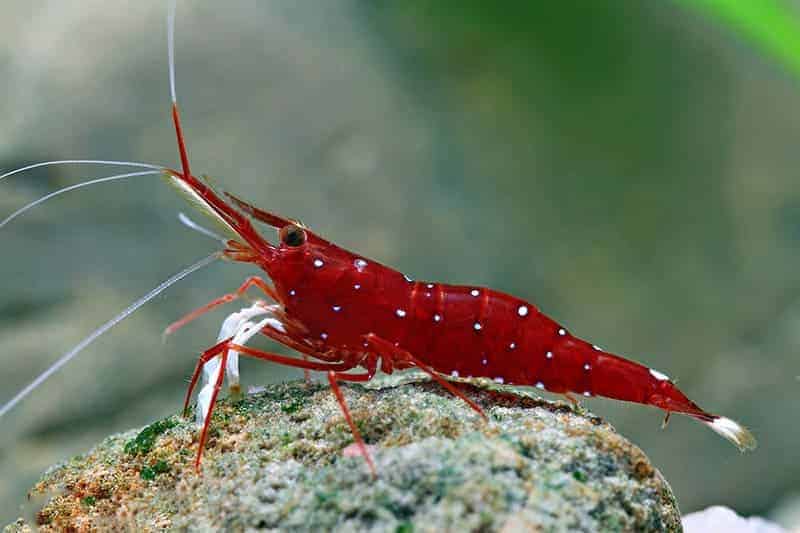
Conclusion
To ensure the health and well-being of your Sulawesi shrimp, it is important to provide them with the right care. This includes maintaining ideal tank requirements, ensuring proper water quality and parameters, preventing potential diseases, understanding their social behavior and temperament, and providing a suitable feeding schedule.
Considering these factors will help you create a thriving environment for your Sulawesi shrimp, allowing them to exhibit their beautiful color patterns and morphological features. By taking the time to learn about their origin, history, size, and lifespan, you can better appreciate these fascinating creatures and provide them with the care they need to thrive in your aquarium.





